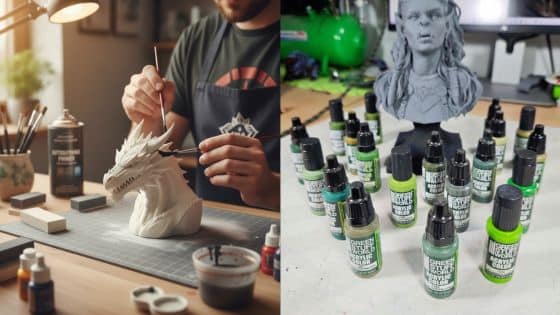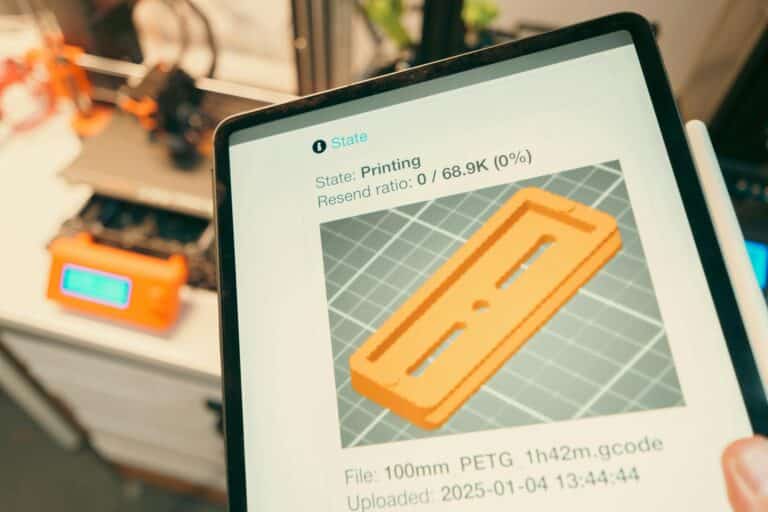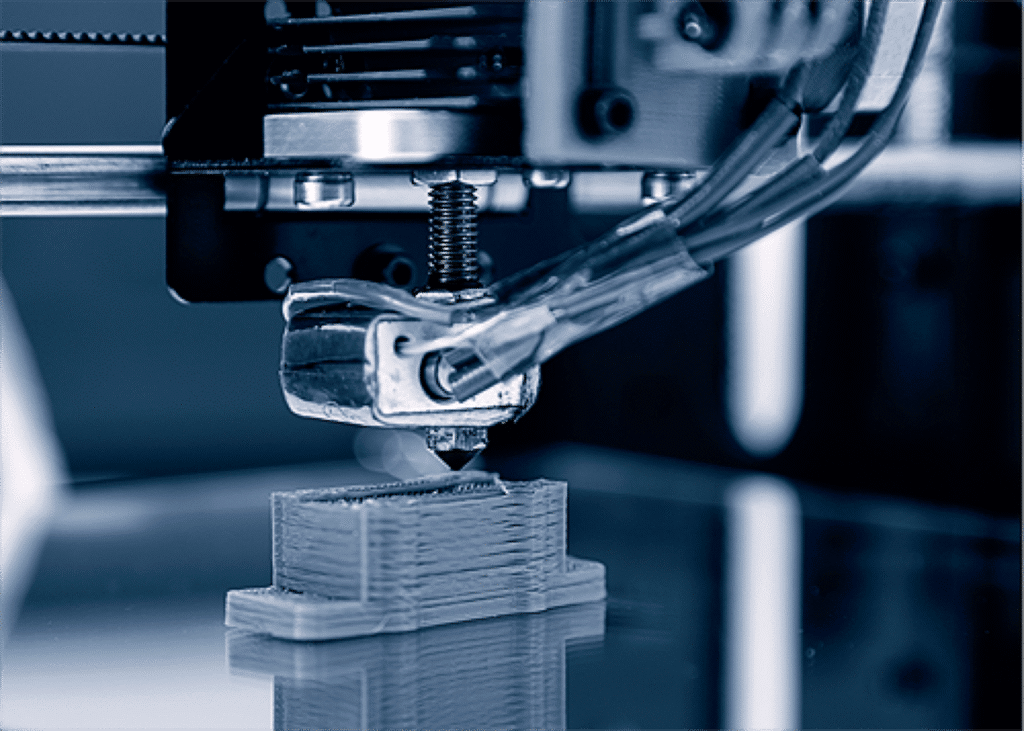
If you asked an engineer fifty years ago what the backbone of modern industry would look like, they’d probably picture riveted steel frames, smoking foundries, and a parade of identical parts rolling off heavy assembly lines. Plastic? That was for toys, packaging, and maybe a cheap dashboard or two. But that version of progress is quietly cracking. Today, the future of manufactuing is being molded — literally — by the rise of polymer innovation and the quiet precision of additive manufacturing. Where old factories roared, new ones hum in layers. And what we once dismissed as flimsy is proving to be anything but.
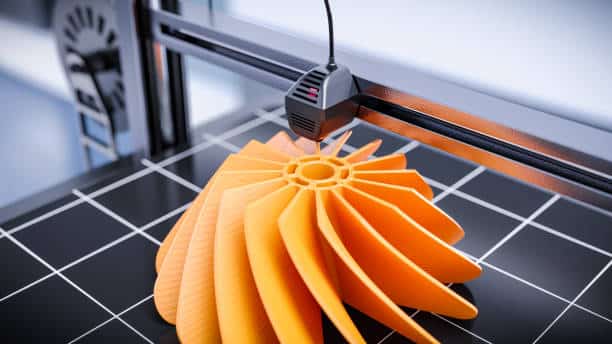
The Belief That Holds Us Back
It’s easy to underestimate plastic. Even now, the word feels cheap — disposable water bottles, flimsy forks, unwanted wrappers. For decades, designers and manufacturers treated polymers like stand-ins: substitutes when metal was too heavy, wood too expensive, or glass too fragile. But with this mindset, we also locked ourselves into rigid ideas of what strong, precise manufacturing had to be.
Look around. The new wave of 3D printers — especially the industrial machines humming away in labs, workshops, and even small production plants — aren’t just churning out prototypes. They’re shaping real end-use parts with polymers that rival metal for heat resistance, strength, and durability. That shift didn’t happen overnight. It was born from breakthroughs in material science, smarter slicing software, and better machines that fuse precision with speed. The result? Industries from aerospace to medical devices now lean on polymers to solve problems metal can’t.
Yet for many decision-makers, the image of plastic still feels stuck in the past. A fresh design might call for lighter weight, zero-waste production, or lightning-fast customization — but the safe bet is to stick with what’s familiar. The mental trap is simple: if it’s not metal, it’s not “real.” If it’s plastic, it’s second-best.
This is where technology quietly proves us wrong. High-end polymer printers are not hobby tools; they’re robust manufacturing assets. A new generation of machines — like any top-tier plastic 3D printer — can fuse fine resolution with production-grade performance. With this gear in hand, designers can skip expensive molds and produce complex shapes that traditional cutting and milling can’t even dream of. And unlike massive steel presses, these printers don’t need warehouses or months of tooling. They need a design file, the right polymer powder or filament, and the freedom to experiment.
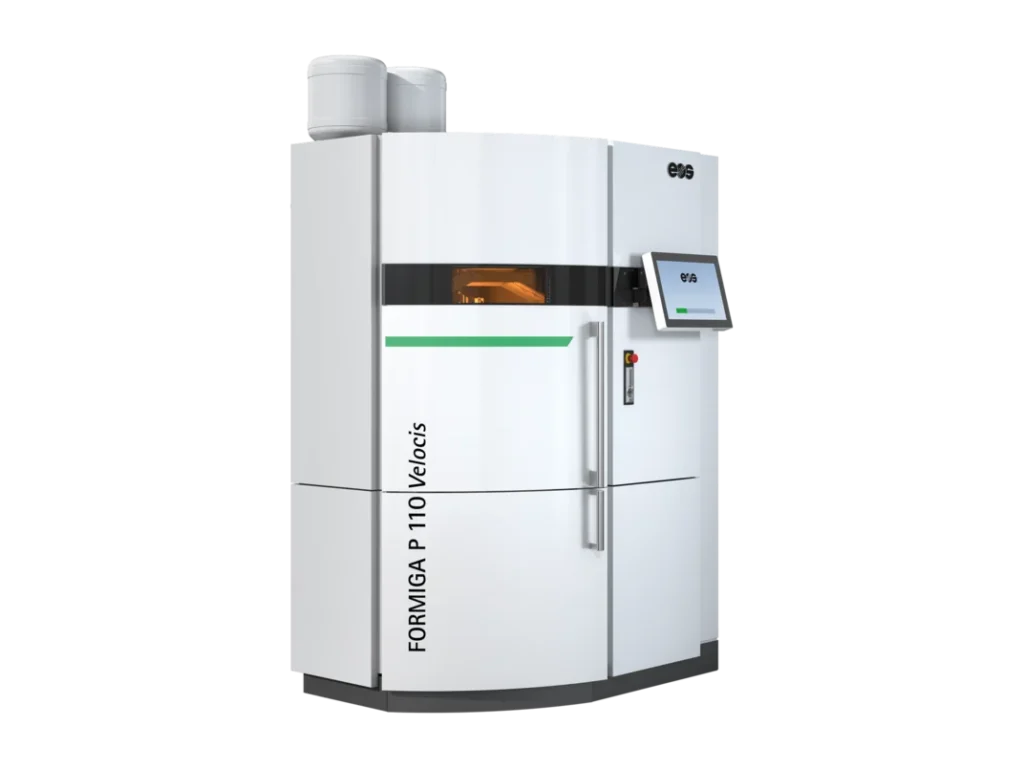
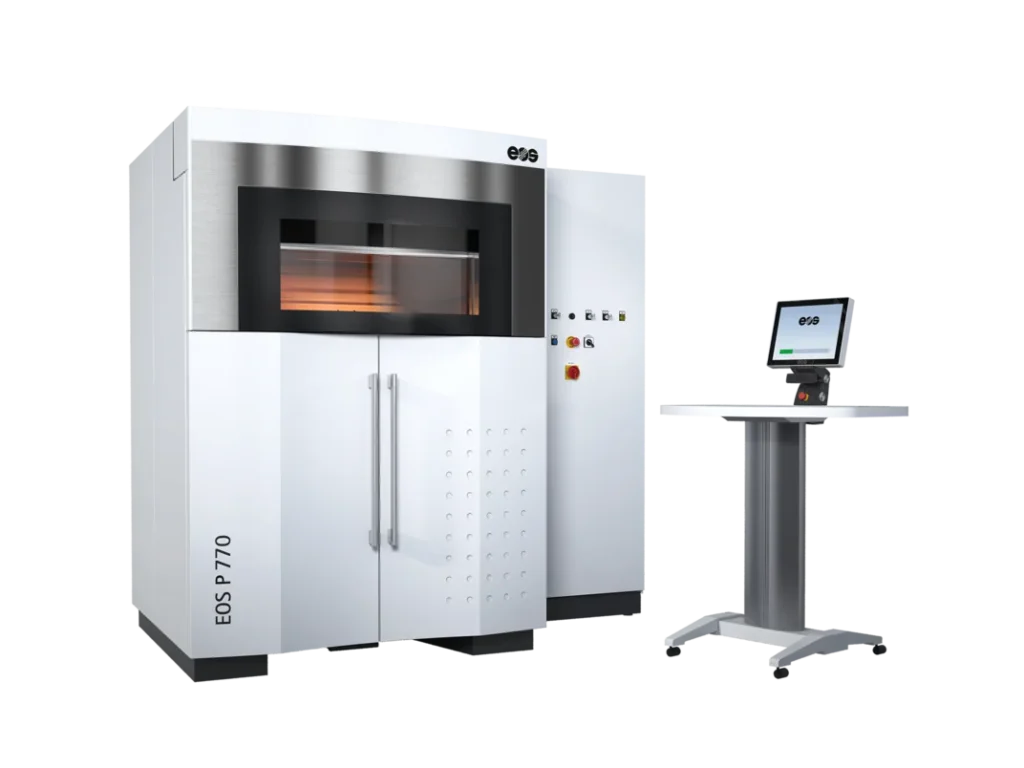
Shifting the Lens: Why Polymers Deserve the Main Stage
So what does this shift mean in practice? It means the future of manufactuing is no longer about producing one million identical parts as cheaply as possible — it’s about producing exactly what’s needed, exactly when it’s needed, with minimal waste and maximum adaptability. Polymers make that promise real.
Across the globe, teams are using polymer additive manufacturing to create custom medical implants that fit a patient’s body perfectly — not just “close enough.” Engineers are prototyping car parts overnight, running real-world stress tests within days instead of waiting weeks for a mold. In sports, high-strength polymers have made it possible to tailor gear for athletes that is lighter, stronger, and more ergonomic than metal alone.
The magic isn’t just in the material itself — it’s in how flexible the process has become. Today’s engineers don’t choose polymers because they’re cheaper or easier; they choose them because they open design possibilities metal can’t match. Complex internal geometries, weight-saving lattice structures, and parts that snap together without screws — this is the new norm, not the fringe.
And behind it all are machines that keep getting faster, smarter, and more precise. The same roundups that track the “best 3D printers” show how the conversation has shifted: people aren’t just comparing speed or build size anymore, but how well machines handle advanced polymers, integrate automated post-processing, and maintain tight tolerances part after part.
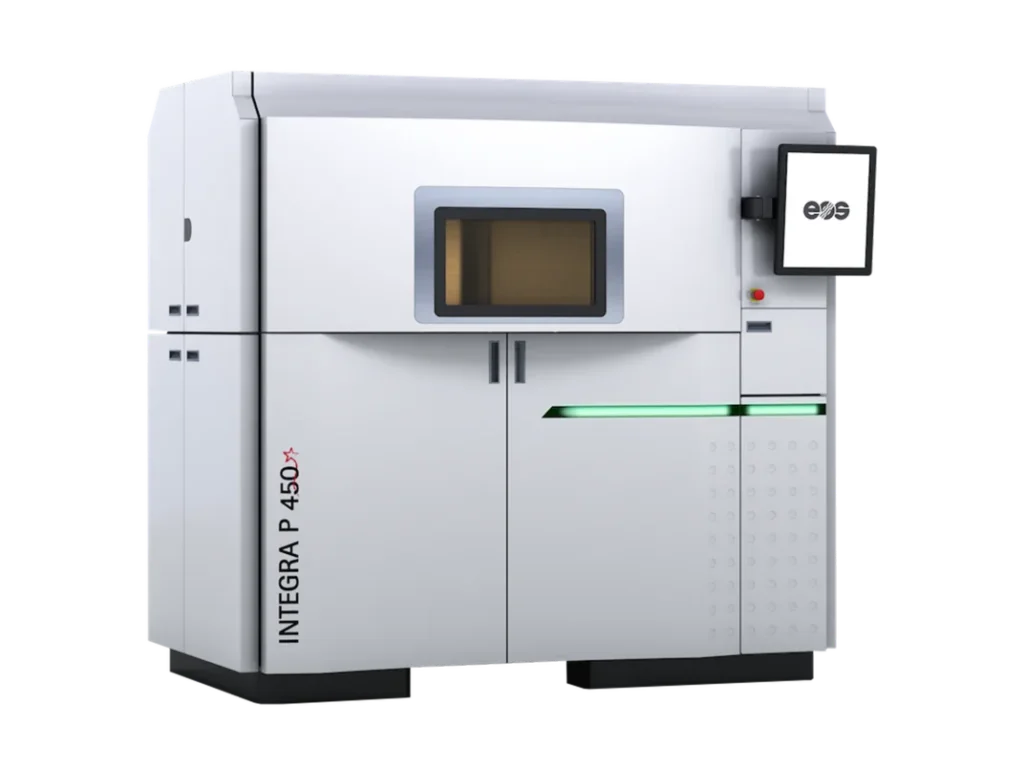
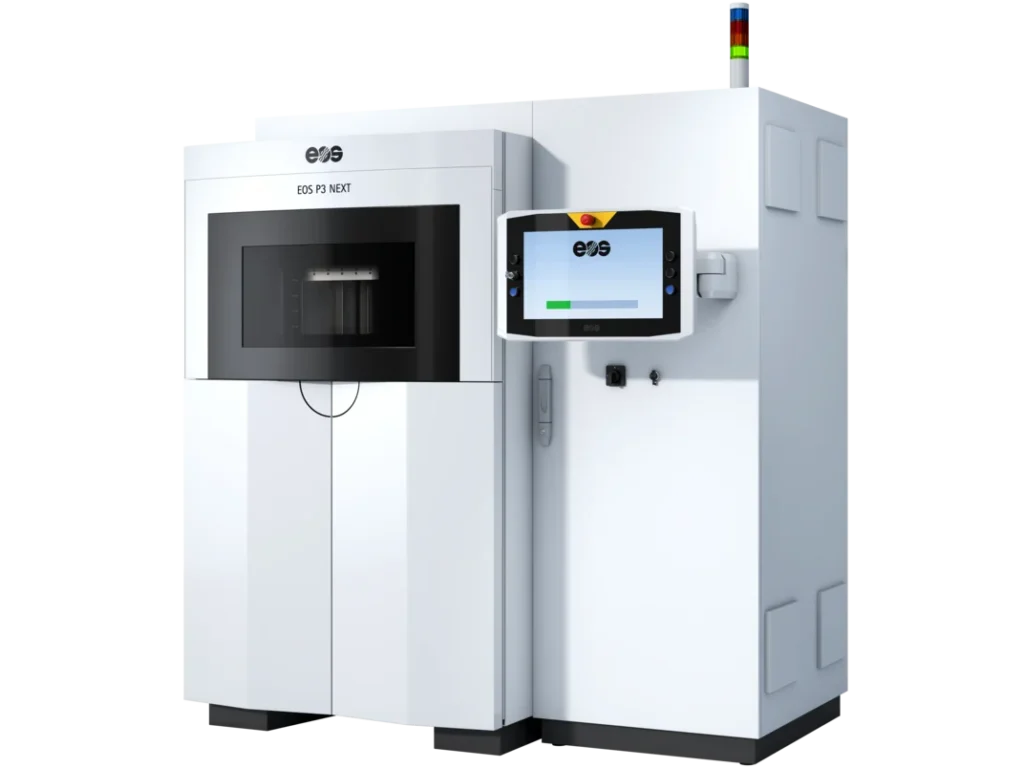
The Detail Everyone Misses
There’s an underappreciated truth here: this evolution isn’t just about the hardware or the materials. It’s about freeing designers and engineers from the fear of failure. In the old model, changing a design mid-production could cost thousands in new molds or retooling. Now? It’s an overnight tweak to a file. This freedom to iterate is the heartbeat of innovation — and polymers make that heartbeat faster.
This is why serious manufacturers have started to see polymer 3D printing not as a side gig for prototyping, but as a core production method. They’re setting up local micro-factories closer to customers, cutting lead times and carbon footprints at once. They’re balancing high-volume metal production with short-run polymer customization. They’re not discarding the old ways — they’re complementing them with smarter, more responsive tools.
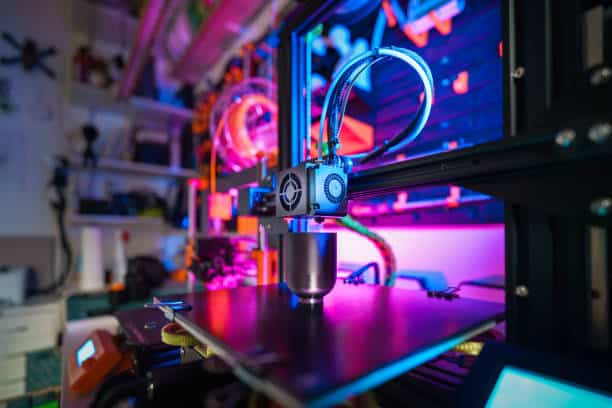
A Quiet Lesson for What Comes Next
So what’s the takeaway here? The future of manufactuing belongs to those who trust softness to do hard things. Who understand that precision doesn’t have to mean rigidity, and that “plastic” is not a dirty word when the science behind it is anything but cheap.
The next time you see a part printed in polymer, don’t ask why it isn’t metal — ask whether metal could have done the job better at all. Because layer by layer, the answer is changing — and so is the world we’re building.
- 0shares
- Facebook0
- Pinterest0
- Twitter0
- Reddit0








